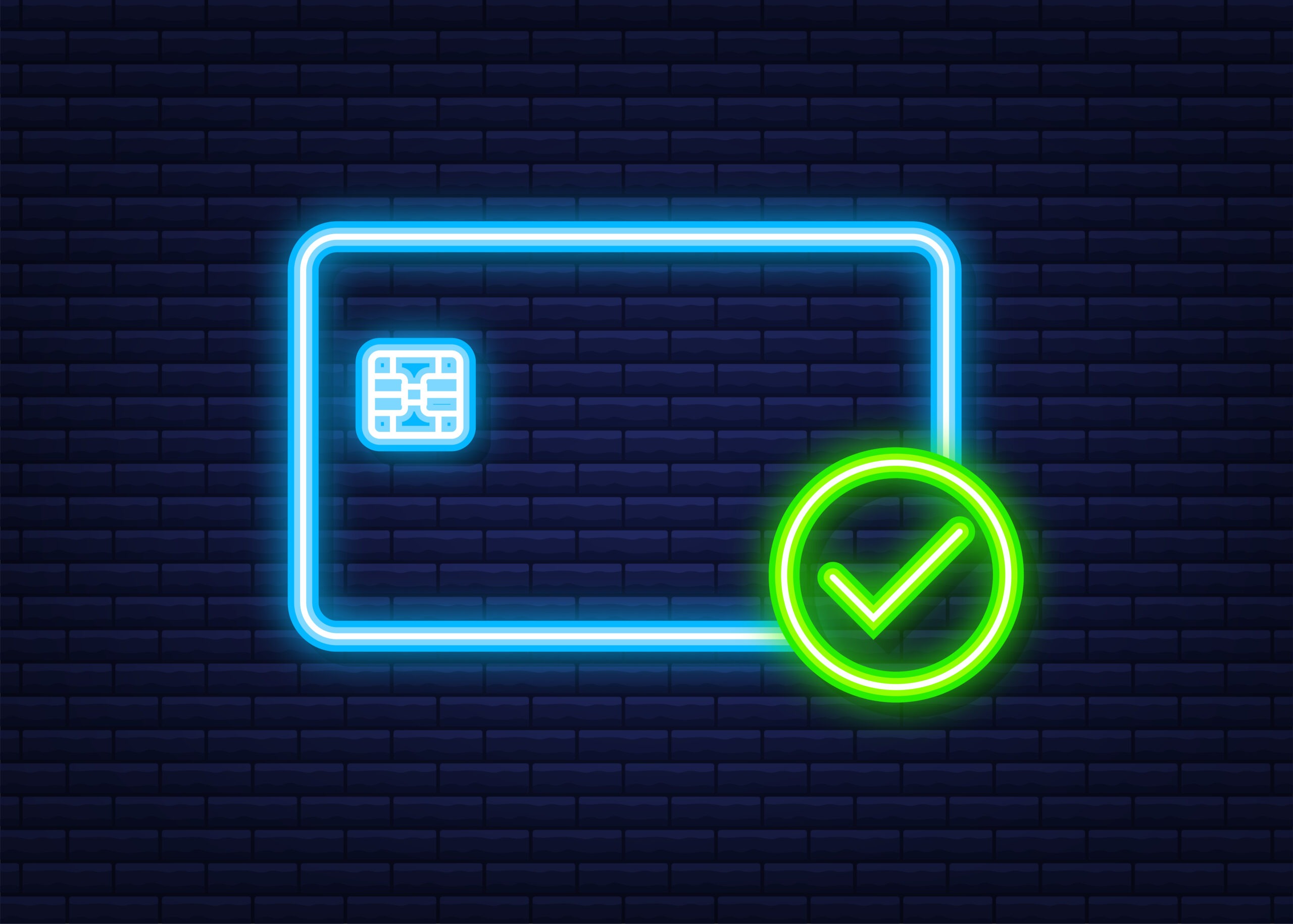How CIOs Can Work Toward IT Resilience in the Face of New Cyber Attacks
You are framed with statistics until October 2023. The Chief Information Officers (CIOs) are under constant pressure to ensure their IT infrastructure withstands these adversities. A single breach in security can halt operations, damage reputations, and cause financial pain.
IT resilience isn’t only about disaster recovery. It’s how you make a strong system that can endure cyberattacks, find new threats, and keep the business running. Some key strategies CIOs can adopt to create a resilient IT business model.
1. The Increasing Cyber Threat Landscape
Attack methods are constantly evolving before us. Ransomware, phishing and supply chain attacks are getting more sophisticated. Data knowledge up to October 2023, CIO’s recent insight, stay ahead of emerging threats and proactive measures.
How CIOs Can Respond:
- Use Threat Intelligence data to keep identifying new attack patterns.
- Implement AI-based security programs to identify and combat threats in real time.
- Work with cybersecurity professionals to reinforce all defense measures
2. Establishing a Zero Trust Security Architecture
No longer can perimeter-based security models suffice. A Zero Trust framework is necessary due to remote work, cloud adoption, third-party integrations, etc.
Key Principles of Zero Trust:
- Never Trust, Always Verify: Every request must be authenticated regardless of where it comes from.
- Least Privilege Access: Limit access to necessary resources based on role.
- Real-time Monitoring: Implement anomaly detection and potential breach identification with AI and ML technology.
3. Improving Cloud Security
As businesses continue to shift their workloads to the cloud, it has become a top priority to secure cloud environments. Lack of proper access controls or misconfigurations can end up creating serious vulnerabilities.
Cloud Security Best Practices:
- Implement multi-factor authentication (MFA) to prevent unauthorized access.
- Implement encryption for both rest and transit of data to secure sensitive information.
- Regularly reviewing cloud configurations to close security gaps
4. Enhancing Endpoint Security
The attack surface has been widened due to remote work and the importance of endpoint security is at its utmost now. Laptops, mobile devices, and IoT gadgets must be secured to keep breaches out.
Ways to Enhance Endpoint Security:
- Detect threats with Endpoint Detection and Response (EDR) solutions.
- Keep a current list of devices in the home.
- Enforce security policies and implement strict access controls for all endpoints.
5. Ransomware Readiness and Response
Ransomware continues to be among the most damaging cyber risks. A robust incident response plan can help mitigate the impact.
Ways to Minimize The Threat of Ransomware:
- Have secure offline backups to restore data if you are attacked.
- Train employees regularly on security awareness.
- Implement a swift incident response protocol to minimize damage.
6. Compliance and Regulatory Requirements
The world of cybersecurity regulations is anything but stagnant. CIOs need to ensure their organizations adhere to laws such as GDPR, CCPA, and industry-specific regulations.
Compliance Best Practices:
- Keep Current on the Latest Regulatory Developments and their Implications
- Perform routine compliance audits to detect and remediate vulnerabilities.
- Create a framework for data security and privacy governance

7. Third-party employee awareness and training
Human error poses a significant cybersecurity threat. Personnel should be trained to identify threats and adhere to security protocols.
Training Tips to Apply:
- Test awareness by carrying out phishing simulations.
- Offer continuous, role-based cybersecurity training.
- Once again you train on information until October 2023.
Conclusion
But IT resilience isn’t about stopping cyberattacks — it’s about maintaining business operations despite them. Zero Trust security, enhanced cloud and endpoint protection, ransomware response plans, and regulatory compliance are all proactive measures CIOs should take.
Through a combination of fostering a culture of cybersecurity awareness and deploying advanced technologies, organizations can construct an IT infrastructure that evolves with the threats. The future will belong to those businesses that focus on their resilience today.”




